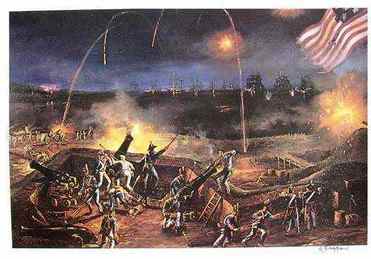 A popular expression used when someone dies is that they are “going home.” In this vein, “going home” simply means that the deceased is heading to heaven, to reunite with their God, along with a host of previously departed family members and friends such as parents, grandparents and cousins. This same expression could have taken on a unique, and somewhat comical, meaning if it had been uttered at the death of Frederick resident William T. Duvall, who passed on September 19th, 1886. Mr. Duvall was “going home,” but in a way, he was already there. His gravesite in Mount Olivet would be located only fifty yards from his home residence and work office of the previous 33 years. William Thomas Duvall was born during a turbulent time in American history in which Great Britain was trying to undo that which the founding fathers, Continental Army and countless others had fought so hard to gain in 1776—independence. Duvall’s birth on January 23rd, 1813 came at a time when the main theater of conflicts associated with the War of 1812 was occurring in Canadian provinces and American lands within the Great Lakes territory. In anticipation of warfare possibly taking place in and around the nation’s capital, local militia units organized and would regularly practice and drill. This was often the scene at the old Hessian Barracks and surrounding grounds atop the aptly named Barracks Hill, later known as Cannon Hill. British marauders harassed towns along the Chesapeake bay throughout the summer of 1813. As William T. Duvall turned one and a half years old in August, 1814, British forces sailed up the bay and ruthlessly sacked Washington, DC, burning the White House. The aggressors next set their sights on Baltimore, at the time, one of the largest and most important cities in the country. The Charm City defenders held their ground at Fort McHenry and thwarted the advance of the enemy, thanks in part to many Frederick veterans that would one day repose in Mount Olivet. Perhaps, William’s parents sang him to sleep each night with a catchy little song about the flag, written by a Frederick native named Key? Who knows? William T. Duvall’s father was never too keen on the British. He came from French lineage, his great-great grandfather having been born in Normandy and came to this country in 1650. The family progenitor Mareen DuVall (1630-1694) immigrated to Maryland as an indentured servant but worked his way up the ladder, providing quite a home for his family by the end of the 17th century. This estate was called Middle Plantation, located in Anne Arundel County. This is the area of present day Davidsonville, south of Crofton. Others direct descendants of this prosperous early immigrant include actor Robert Duvall, former vice-president Dick Cheney, and former presidents Harry S. Truman and Barrack Obama. Mareen Duvall is the latter's 9th great grandfather. The grandfather of William T. was John Duvall, a military captain during the American Revolution. He would live and die in his home county of Anne Arundel, but one of his sons, Marsh Mareen Duvall II (1768-1828), would leave to make a new home in burgeoning Frederick, Maryland. Information is scarce, but Marsh Mareen Duvall II would marry Sarah Stallings, 17 years his junior, in January of 1811. Two years later, the couple would welcome son William Thomas into the world. Three known children followed. I wasn’t able to glean much about William T’s childhood, other than his family were members of Evangelical Lutheran Church. His father was buried in the church’s graveyard located between East Church and 2nd streets upon his death in 1828. William T. Duvall got married in the same church in March, 1835. Another melancholy Duvall family burial would follow in 1844. William T.’s younger brother, Upton Duvall, would make national news in newspapers across the country in late November of that year. He played the lead role in one of the most "explosive" events in Frederick history. Upton was killed by Cannon Hill’s namesake cannon, after he and friends decided it would be fun to fire a celebratory blast in honor of presidential candidate James K. Polk. Polk had just narrowly defeated Henry Clay, heralded today as one of the greatest senators and statesman in US history. Instead of using typical shot materials, the group of Polk fanatics decided to make a symbolic and sarcastic statement with their actions by filling the artillery piece with clay. Upon a misfiring attempt, Upton approached the cannon to see what went wrong, and at that moment the weapon exploded, instantly killing the young man. Ironically it would be Upton Duvall, who would soon be placed in a grave, his corpse forever surrounded by the clay soil of Frederick’s Lutheran graveyard. (Note: for more on this incident see clipping at end of story) 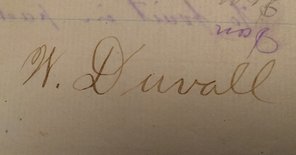 William T. Duvall had married Mary Ann Rebecca Hawman, a local girl whose father was a Revolutionary War soldier, and her brother served as a member of the Frederick militia during the War of 1812. Fittingly, the new couple named their first born son William Luther Duvall (1838-1902), giving homage to both father and the father of their chosen religion. Sadly, two subsequent sons to William and Rebecca would die in late January, 1847—Frederick age 7, and Louis Hawman Duvall, age 5. These boys died six days apart, likely from a communicable disease. The couple’s fourth child, a daughter, named Harriett was born in 1844, but would also pass in her youth at the age of 16 in 1860. A fifth child, Julia Ann would live a full life, marrying David Ashbaugh. William T. gained employment as a weaver, having learned his trade from a gentleman named Daniel Boyd. In early 1852, he entered into a new profession. William Duvall was appointed to the position of Keeper of the Frederick County Almshouse located northwest of the City. This charitable housing facility provided Frederick residents (typically elderly citizens who could no longer work to earn enough to pay rent) a place to live. It is better remembered as the predecessor to the Montevue Home, and featured its own burying ground referred to as “the Potter’s Field.” Exactly two years later, William T. Duvall would make yet another job switch, but this one would last a lifetime. It was recorded for posterity’s sake by Frederick’s legendary diarist Jacob Engelbrecht: “Mr. William T. DuVall was on Monday evening the 6th instant, appointed keeper of “Mount Olivet Cemetery” of this city—the first keeper—no person is yet buried there—The house (dwelling)is not quite finished.” —Jacob Engelbrecht (Wednesday, February 9, 1854) On February 6th, 1854, Mount Olivet’s Board of Managers made a choice for their new cemetery’s gate keeper, also known as a superintendent. Thirteen names had been submitted for the position. Duvall’s prior experience at the almshouse, and handling of the premature deaths of his young children could have given him the “leg up” on other candidates. He garnered the necessary votes on the third round of balloting and staved off competitors for the post: W. Greentree, Harman Butler, George W. Cromwell and Samuel Haller. 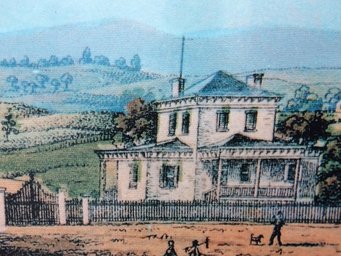 The first Superintendent's House at Mount Olivet (built 1854) The first Superintendent's House at Mount Olivet (built 1854) The cemetery board set the gate keeper’s beginning salary at $20.00 per month which also included a major perk—the use of the dwelling house, rent-free, effective April 1, 1854. This structure had just been completed and was located adjacent the main entry gate and fronting on South Market Street. One year later, April 1, 1855, Superintendent Duvall reported a total of 172 interments within Mount Olivet. His job performance was rewarded with a pay raise as he was bumped up to $275/year. He would guide the general operation and improvements to Mount Olivet for 33 years until his death on Sunday, September 19th, 1886. During Mr. Duvall’s tenure, hundreds of colleagues, neighbors and family members would pass through Mount Olivet’s gate. Many other former Frederick residents that had been buried in the older church cemeteries of town were also moved to the “new” rural cemetery under his watch. When his work on Earth was done, he had buried 4,879 persons. Among these were veterans and combatants of the American Revolution, War of 1812 and Civil War. And let’s not forget a fellow named Francis Scott Key, who was reinterred from Baltimore under the superintendent’s utmost care. William T. Duvall’s own certificate of burial numbered 4,880. Duvall died in the Superintendent’s house, a site that would host his wake and funeral in the immediate days to follow. On Wednesday afternoon, September 22, 1886, William T. Duvall’s body was easily moved roughly fifty yards to his final resting place, a lot already containing the three children he had been forced to bury. He would forever remain within the location of his employ from that point into eternity. (Author's note: I am very interested in obtaining an image of William Thomas Duvall for interpretive use by the cemetery. Please contact me if you should ever find one, or know someone who might, thanks!) The article below was carried in the Frederick Examiner's edition of November 27, 1844. The story was carried in several newspapers across the country including Boston, Vermont and Louisiana to name a few.
4 Comments
Joan Horman
1/22/2017 06:12:23 pm
I love hearing the history of MtOlivet Cemetery and how it intertwines with the history of Frederick...love the style of writing you do...love your research and the fact that you include primary source documents for us to read...thank you
Reply
tom smith
1/22/2017 08:02:14 pm
Good Friday Farm in Ijamsville was patented to another part of the Duvall family
Reply
Larry Barrett
12/28/2018 01:37:52 pm
Great article. Would you happen to know who the parents of Upton were? Anything about his family?
Reply
Susan Holmes
8/19/2023 04:47:40 pm
Very interesting and informative. I enjoyed the read. Maureen Duvall is my fifth great grandfather… I believe.
Reply
Leave a Reply. |
STORIES
|
Archives
July 2024
June 2024
May 2024
April 2024
March 2024
February 2024
January 2024
December 2023
November 2023
September 2023
August 2023
July 2023
June 2023
May 2023
April 2023
March 2023
February 2023
January 2023
December 2022
November 2022
October 2022
September 2022
August 2022
July 2022
June 2022
May 2022
April 2022
March 2022
February 2022
January 2022
December 2021
November 2021
October 2021
September 2021
August 2021
July 2021
June 2021
May 2021
April 2021
March 2021
February 2021
January 2021
December 2020
November 2020
October 2020
September 2020
August 2020
July 2020
June 2020
May 2020
April 2020
March 2020
February 2020
January 2020
December 2019
November 2019
October 2019
September 2019
August 2019
July 2019
June 2019
May 2019
April 2019
March 2019
February 2019
January 2019
December 2018
November 2018
October 2018
September 2018
August 2018
July 2018
June 2018
May 2018
April 2018
March 2018
February 2018
January 2018
December 2017
November 2017
October 2017
September 2017
August 2017
July 2017
June 2017
May 2017
April 2017
March 2017
February 2017
January 2017
December 2016
November 2016

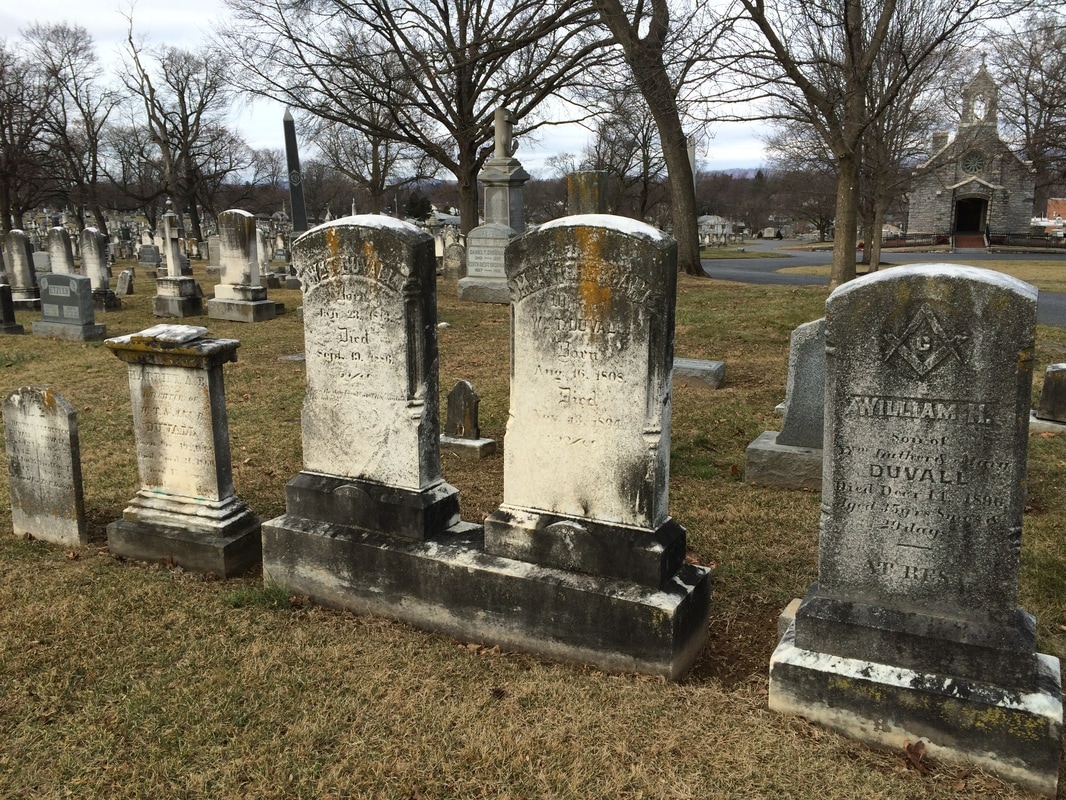
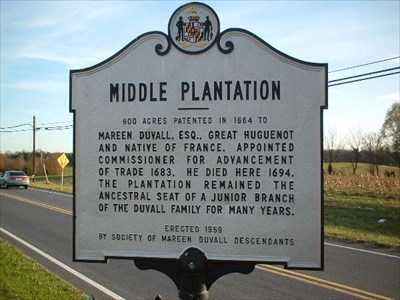

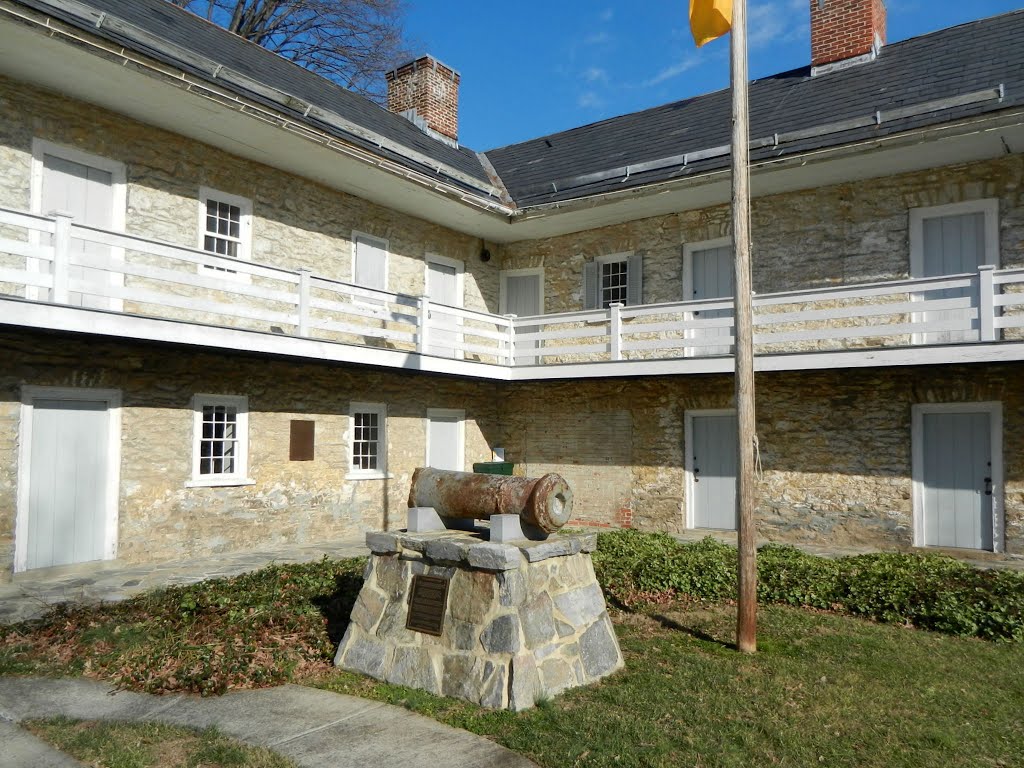
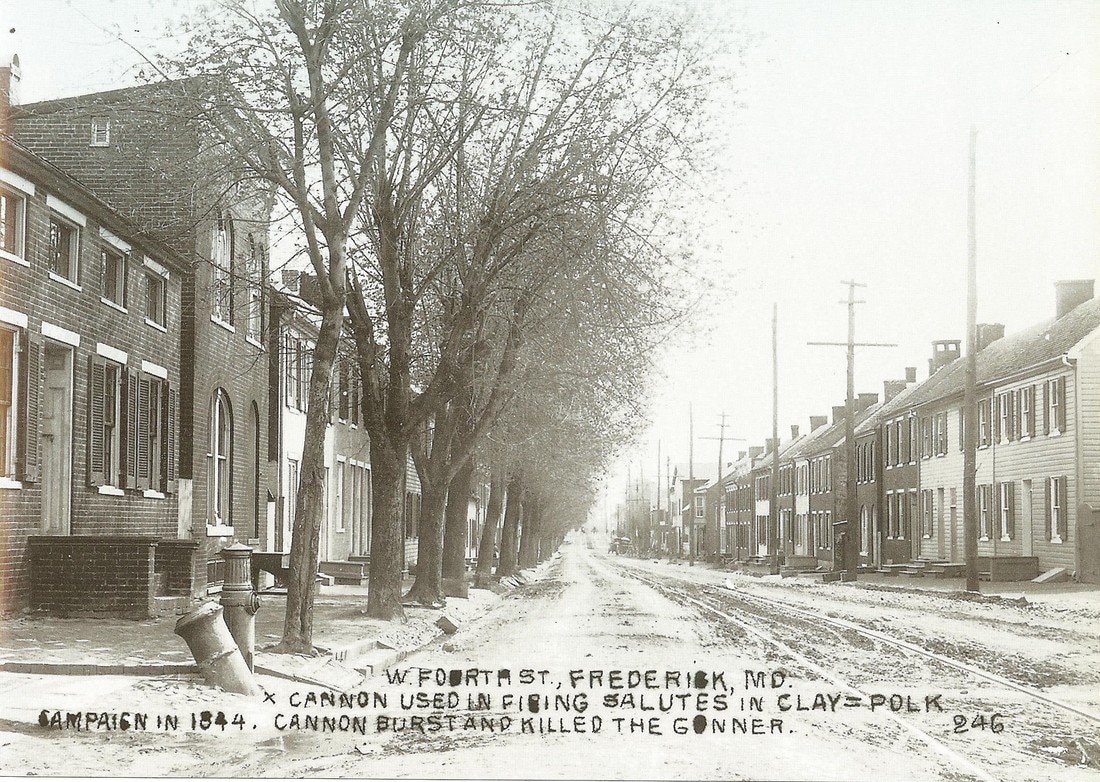


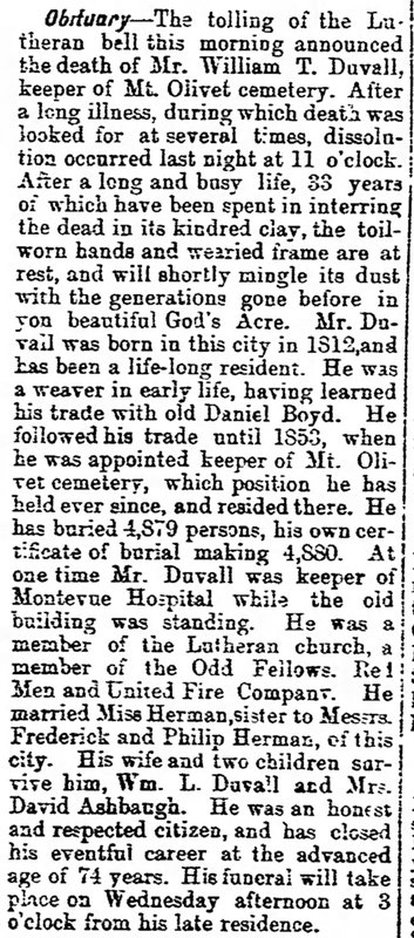
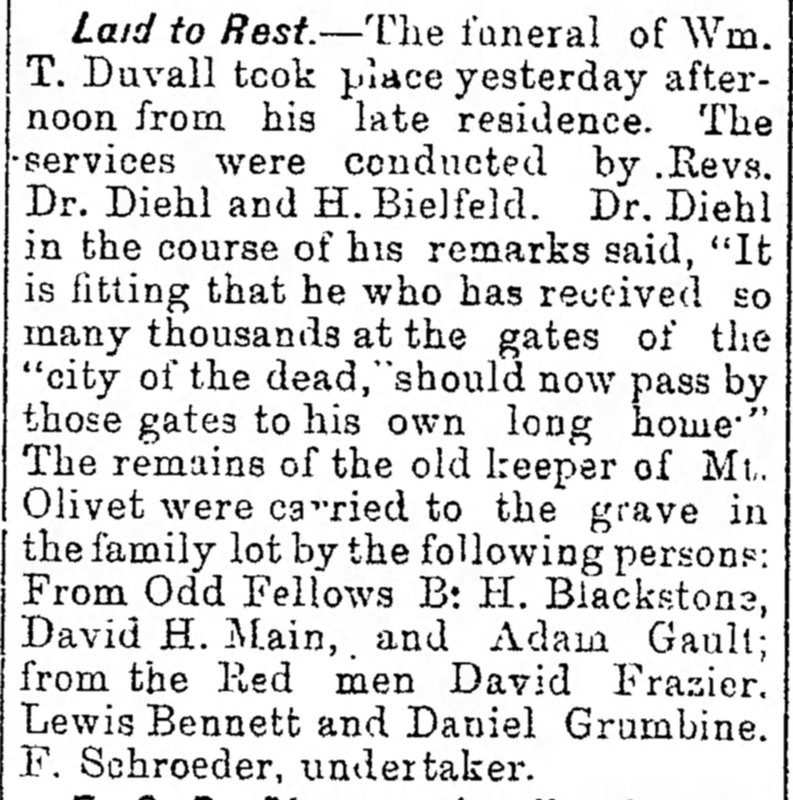
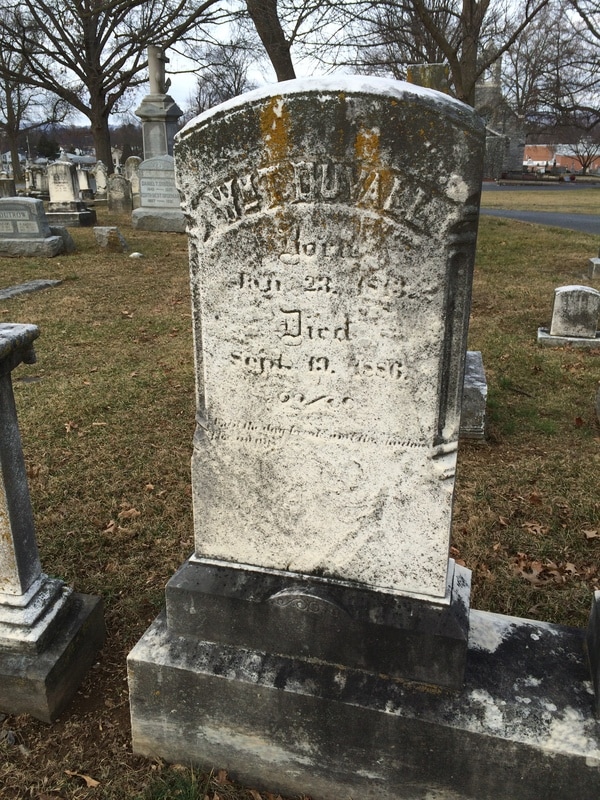


 RSS Feed
RSS Feed